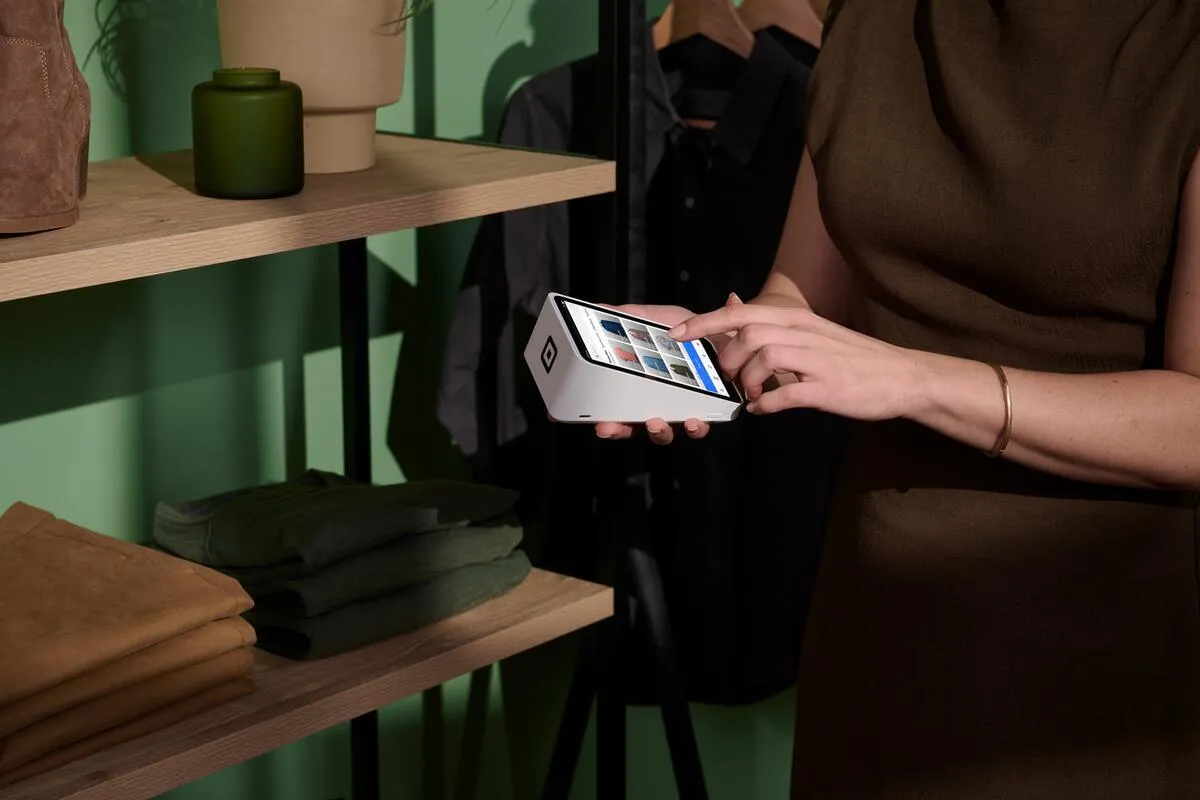Table of contents
As your business grows, so does your inventory. Many Aussie business owners find themselves overwhelmed when the time comes to start stocktaking, which is why we’ve put together this handy guide to help you master the art of a stocktake.
Why stocktaking is important
43% of small businesses in Australia don’t track their inventory, with 30% reporting they’ve shipped out a product late as a result of running out of stock. This is a recipe for bad customer experiences and lost profits.
Stocktaking allows you to calculate the amount of inventory you currently have. And regular stocktaking allows you to ascertain gross profit margins on your goods and services, highlight any creeping costs, and help you become more efficient at ordering and managing stock levels.
How often should you stocktake?
Did you know that reducing your supply chain costs from 9% to 4% can double your profits? Inventory management and stocktaking play a big role in driving down these costs. Stocktakes can be completed on a daily, weekly, or monthly basis, depending on your business type and your inventory management needs.
On average, it’s recommended that your business should be stocktaking at least once a month. This will help you identify any discrepancies in your inventory and keep up with the restocking needs of your business.
However, if you’re a small retail store or deal with high-value goods, you may want to consider weekly stocktakes instead. This will help ensure that nothing slips through the cracks and prevent any potential theft or misplacement of merchandise.
Retail and hospitality businesses tend to stocktake every fortnight, or at the minimum once a month. Food and beverage vendors who sell perishable items may need to stocktake daily, as perishable items need to be closely monitored in line with Government legislation in Australia.
Factors that will influence how often you should stocktake include:
Delivery frequencies: If you receive deliveries monthly, stocktaking daily may be inefficient for your business.
Product tracking and inventory management software: If you use software like Square For Retail to manage your inventory, you’ll be able to conduct regular, time-efficient stocktakes.
Business size: Small businesses may only need to stocktake quarterly or yearly unless they’re operating within the food and beverage sectors. Food and beverage vendors may stocktake daily to check their levels of fresh produce and perishable goods.
Is stocktaking a legal requirement in Australia?
Legally, Australian businesses are required to produce evidence of at least one stocktake as close to the end of the income year as possible. Stocktaking is designed to help businesses identify the value of their trading stock by the end of the year for tax purposes, which is why they’re required by the Australian Taxation Office (ATO).
However, small businesses that meet certain turnover requirements are exempt from having to perform and provide a stocktake report to the ATO.
Stocktake requirements ATO
Small businesses
Businesses that are earning less than $10 million AUD annually and had the value of their trading stock changed by less than $5000 in the year are exempt from Australian stocktaking laws.
Simplified trading stock rules apply to businesses of this size. Small businesses that make more than $10 million but less than $50 million after July 1st, 2021 are also classed under simplified trading stock laws and may be exempt from stocktaking in specific circumstances. We suggest engaging with a tax professional if this applies to you for more information.
Larger enterprises
All medium to large enterprises must conduct at least one stocktake by the end of the income year. This stocktake must account for any changes in the value of your trading stock.
Mastering the art of stocktaking
Stocktaking shouldn’t be a headache for you or your staff. Many business owners fall into the trap of leaving their stocktake to the last minute each year or relying on slow manual processes for their inventory management.
How to stocktake
- Start by creating an inventory sheet. Square for Retail allows you to check your inventory count directly in-app.
Tip: Print separate inventory sheets for location, category, or product type.
- To start, bring everybody together and walk through the process. Make sure that everyone comprehends where they need to be operating and is familiar with stock codes and inventory procedures.
- Conduct a physical count of each item, ensuring you record the count correctly on your inventory sheet. Highlighting any discrepancies or variations in stock levels.
- Cross-check your inventory sheet with scans of the actual items you have on hand. This will help to identify any products that have been incorrectly counted or categorised.
- Once you’ve completed your physical inventory, compare it with your digital records to find any further discrepancies.
- Finally, review your report and make sure that everything is accurate and up-to-date before you submit your stocktake to the ATO.
7 best stocktaking tips for Aussie business owners
By now, you’ve got the basics of stocktaking down pat. Here are a few more tips to help make your process easier:
Plan to succeed
Pre-plan for your stocktake ahead of time. Organising your records and making sure they are up-to-date will save you time and energy when you conduct your stocktake.
Use cyclical counts
Cyclical counts are the practice of counting a certain percentage of your products regularly. This can help you to keep on track with stock levels and will prevent any surprises when you do your yearly stocktake.
Automate your stocktake
You can save a lot of time by automating parts of your stocktake. Square For Retail allows business owners to track and manage their inventory in-app, and you can create and send itemised reports to your email as required.
Perform a preliminary count
Doing a preliminary count of your stock during the year will make it easier to reconcile discrepancies on your stocktake report. It can also help you identify any expired goods that need to be removed from your roster, saving you money and time later on.
Avoid costly errors
The most common errors during stock take include double-counting an item, counting items incorrectly, or using an inaccurate stock code. To avoid costly mistakes, make sure that everyone on the team is aware of the inventory procedures in place and double-check your records before submitting them to the ATO.
Validate your stocktake data
Make sure that your stocktake data is accurate and reliable by validating it against all of the sources available. This includes verifying information with any third-party suppliers, vendors, and checkouts you may use.
Organise your team
Organising your staff in advance and distributing tasks can make the process much easier. Assign each person a specific job, as well as a clear timeline and expectations of how they should work to ensure that everything is completed quickly and efficiently.
Making stocktake simple with Square For Retail
Stocktaking can be a daunting process, but with the right techniques and tools in place, it can become much easier. Square for Retail has all of the features you need to make stocktaking simpler than ever before.
A scalable, cost-friendly inventory management solution that grows with your business. Square for Retail allows you to accurately track sales data, inventory levels, and profits so that you have all the information needed to remain compliant and successful.
This article is for informational purposes only and does not constitute professional advice. For specific advice applicable to your business, please contact a professional.
![]()












